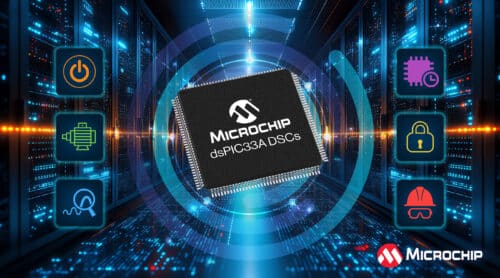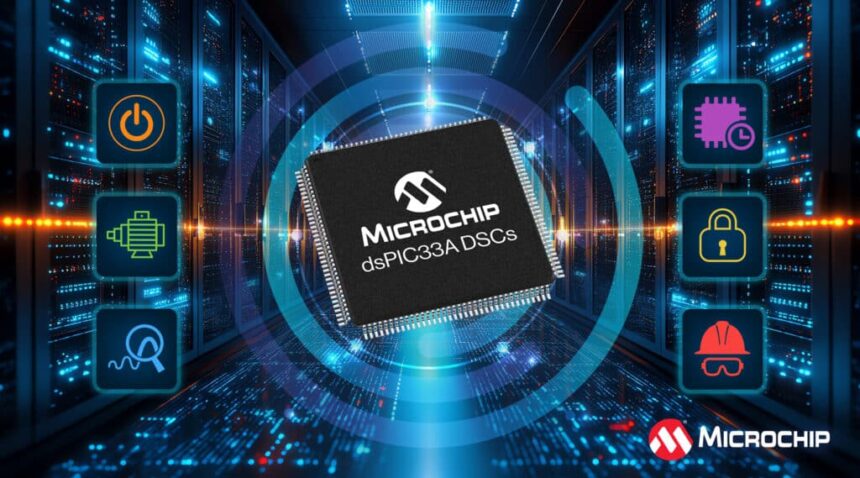The chips bring fast control, quick signal reading, machine learning, safety, and security for power systems, motor control, and embedded devices.

To meet the rising demands of embedded systems, Microchip Technology has expanded its dsPIC33A Digital Signal Controller (DSC) family with two new lines: the dsPIC33AK512MPS512 and dsPIC33AK512MC510.
The combination of high-speed PWMs and fast ADCs allows both families to perform precision control, especially useful for SiC/GaN-based DC-DC converters and multi-motor systems.
With an integrated floating-point unit and advanced DSP instructions, developers can implement complex control algorithms more efficiently. These devices also support model-based design, reducing the development cycle.
The ML development suite simplifies deploying machine learning models by automating data preparation, feature extraction, training, validation, and firmware generation—lowering the barrier for edge AI implementation.
The inclusion of hardware safety and crypto elements supports safe operation and secure firmware handling, reducing system vulnerabilities in automotive and industrial environments.
Designers working on motor control, AI server power supplies, energy storage systems, or sensor signal processing can now create more energy-efficient and smarter applications with fewer external components and reduced development time. The advanced safety compliance and built-in protection mechanisms enable these DSCs to be used confidently in safety-critical systems.
- Up to 512 KB Flash, 32-bit core, and floating-point support
- Precise PWMs: 78 ps (MPS) and 1.25 ns (MC)
- Fast 40 Msps ADCs for quick signal reading
- 200 MHz DSP core with fast math operations
- Touch support and up to 128 pins
- Works with MPLAB® ML tools for machine learning
- Safety features follow ISO 26262 and IEC 61508
- Built-in security with crypto and secure boot
And by combining fast real-time control, machine learning support, and robust security, the new dsPIC33AK512MPS and MC families help engineers build future-ready embedded systems with higher reliability, better efficiency, and lower risk.









